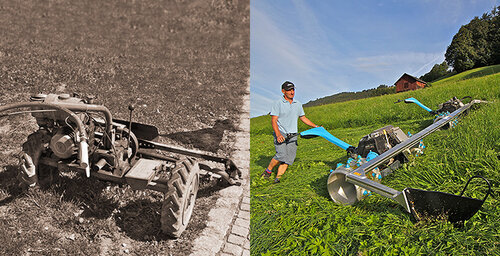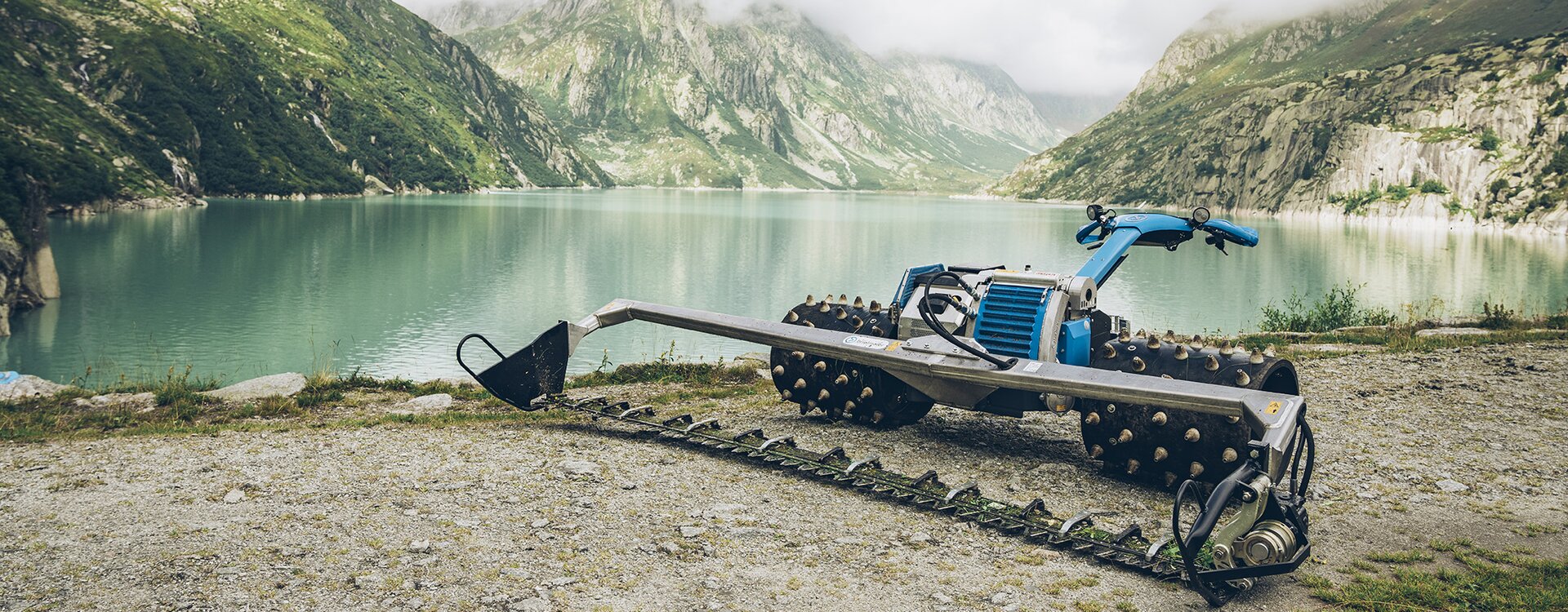2019
To the next level with Rapid
As a comparatively small company, Brielmaier has become the innovation leader in a growing niche. It is an impressive foundation for the next evolutionary step. The majority shareholding of the Rapid Group gives Brielmaier the opportunity to systematically expand its market position.
What will the future bring? Extreme areas of application such as moors or other nature reserves inspire us to make modifications to the basic appliance and develop new machines and attachments. The technological advancements in the field of mobility will also be reflected in our product range. One thing is certain: Perfection remains our driving force. In other words: We want to be the best in the future as well.
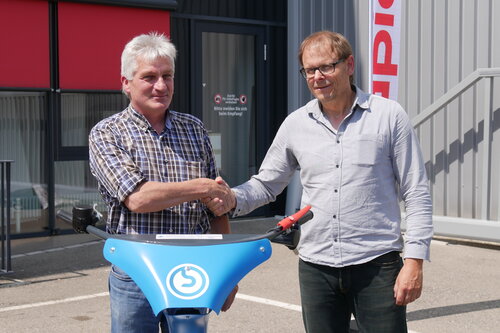
The 2010's
New applications and new markets
Standing still means taking a step backwards, which is why Brielmaier is always moving forwards. That which extends the application areas for mountain farmers and makes them safer also provides assistance wherever steep slopes or embankments have to be worked on. For example, local authorities and contractors quickly realised that motorways, canals, dykes and similar applications also benefit from the typical Brielmaier advantages. These users have therefore become another important mainstay for Brielmaier.However, the sprocket rolls , which were originally specifically developed for working on slopes, were then used to add completely new application areas that no one had envisaged years before: Landscape conservation and wet grasslands. Brielmaier uses wide to ultra-wide sprocket rolls and reduces the ground pressure to fractions of what was previously possible. Seven-row and nine-row rollers distribute the weight over a considerably larger area than any tyre, and are just as gentle on the ground as any other technology thanks to the rounded contact surface.
This means that Brielmaier machines can be used in areas which are either inaccessible with other machines or where the soil would be severely damaged. In marshy terrain, in moors, reed and fen areas, Brielmaier mowers are often the only way to redevelop and maintain terrain which has been neglected for a long time.
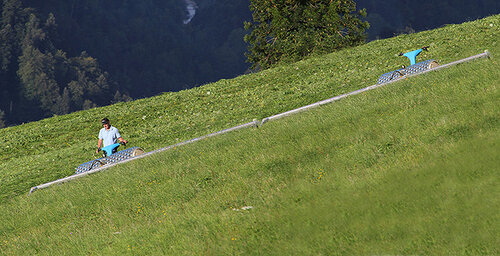
2011
Wide, wider, Brielmaier: The Duo
63.50 metres, 4.30 metres: Driven by customer requests, Brielmaier has already pushed the limits of what is possible in terms of the width of the mowing units. The next bombshell followed in 2011: Testing of the Duo 6 started. Two basic machines using so-called "Duo" technology drive a mowing unit together, stabilise each other and provide maximum efficiency with a mowing width of a whopping six metres. In 2013, the Duo 6 went on sale and created enthusiasm not only among customers. For example, the Austrian magazine "Der fortschrittliche Landwirt" compared the Duo 6 with a much more expensive tractor. The headline left no doubt about the outcome: "A landslide victory for motor mowers".
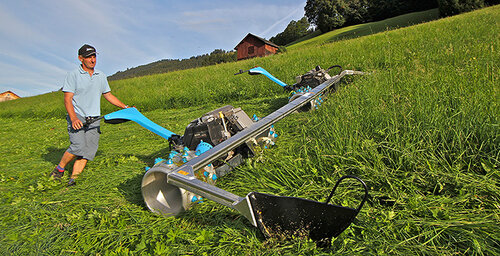
2005
Unique selling point for sprocket rolls
Can this be done? To construct a mower that is light, provides grip even on steep slopes and yet is gentle on the ground at the same time? Martin Brielmaier and his team have been working on this complex challenge for several years. In 2005, a solution was presented which set standards and became Brielmaier's trademark: Sprocket rolls with replaceable studs.
The patented innovation is still the recognised first choice when it comes to working on slopes. The best proof: Brielmaier also manufactures rollers for other companies with connections for their walk-behind tractors.
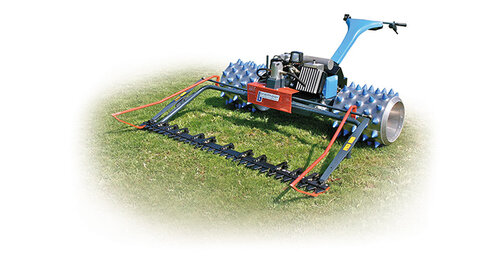
1998
Electronics make their début
Despite the increasing success, Brielmaier, has never stood still. In 1998, for example, the hydraulic block was controlled by an electronic circuit board and via pushbutton switches and rotary controls. In 2006, the control system and the operation were consistently thought through again. Since then, all important functions have been controlled from the handlebar via pushbuttons without having to let go. The driving speed can be adjusted continuously to the operator's wishes. When driving diagonally on a slope or embankment, the operator can program controlled counter-steering at the touch of a button – the machine runs straight ahead without using force. If you turn, just press another button and the appliance "knows" that the other wheel is going downhill and needs a little more oil.
Another switch changes the direction of travel at the touch of a button – purely hydraulic, without a gearbox. The pressure and speed of the connected appliances can also be controlled via a pushbutton switch. A central LED display provides information about the most important operating parameters. All performance features that were considered unthinkable in the industry before Brielmaier.
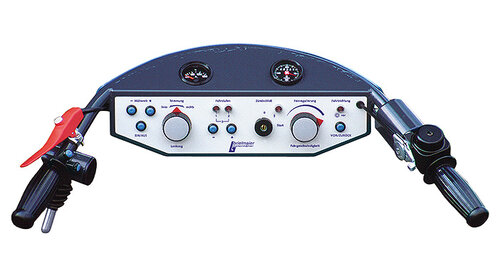
In the mid-1990s
New concept for greater comfort and safety
The fact that the initially ridiculed Exot is convincing more and more farmers and municipalities is also due to the constant progress in terms of operating convenience and safety. The Brielmaier mower is optimised for use on steep slopes and in difficult to access terrain. One of the most important aspects here is the low centre of gravity of the machine. Comparable previous products relied on a mechanical gearbox underneath the engine. From the very beginning, Brielmaier has installed its hydraulic pump and the associated hydraulic control block next to the petrol engine. Due to this arrangement alone and the resulting lower centre of gravity, the mower does not tilt toward the user until much later on the slope, and considerably less force is required to hold the machine. And instead of mechanical steering, the Brielmaier hydraulics simply allow more oil to flow to the right or left wheel drive – both wheels can be regulated completely independently of each other.
Likewise, the drive of the mounted appliance is controlled exclusively by a separate oil circuit – all without the wear of a clutch, a gearbox or brake pads. For the first time, this principle also makes it possible to turn on the spot: When turning the steering handle at full deflection, one wheel moves forwards and the other wheel moves backwards, which can be operated with two fingers. In the meantime, this concept is also used by other manufacturers.
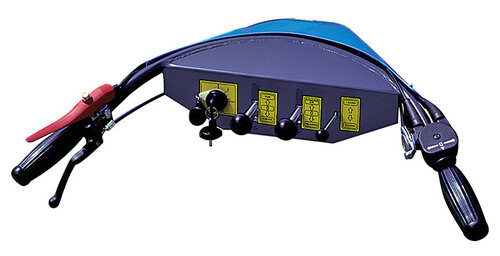
1992
Radical redevelopment
In 1992, Martin Brielmaier was confronted with a product that was getting older. Instead of a reconstruction or an improvement, he chooses a radical new development. "How would I build such a machine if I started from scratch?" he asks himself. Brielmaier's answer was the first mower to replace almost all mechanical components with hydraulic components.
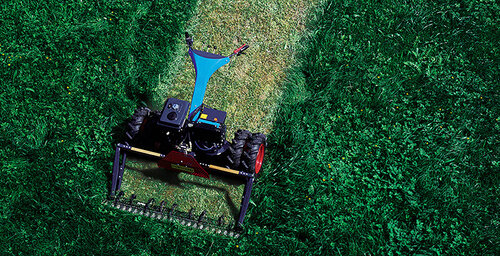
1990
Suddenly a motor mower producer
Brielmaier + Fürst starts with the production of spare parts for the Brielmaier machinery factory. Their main product is a motor mower of old, classic design: built from mechanical parts, less innovative, yet robust, proven and reliable. When the owner of the company was thinking of giving up his business due to age and a lack of a successor, Martin Brielmaier dared to do something that some people would think was crazy: He took over the production of his namesake. And was then suddenly a manufacturer of motor mowers.
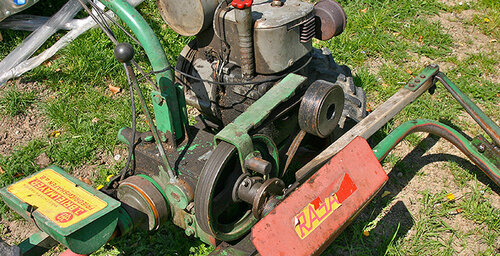
In the mid-1980s
It started with a mix-up
In the mid 1980s, Martin Brielmaier and his partner Peter Fürst ran the company Brielmaier + Fürst. They understood state-of-the-art sheet metal processing. Their customers include many well-known companies in the Lake Constance region. At the same time, in Friedrichshafen, the company's headquarters, there was also a manufacturer of motor mowers: Maschinenfabrik J. Brielmayer. Due to the similarity of names, both companies are often mixed up. This is how the owners finally got to know each other.
